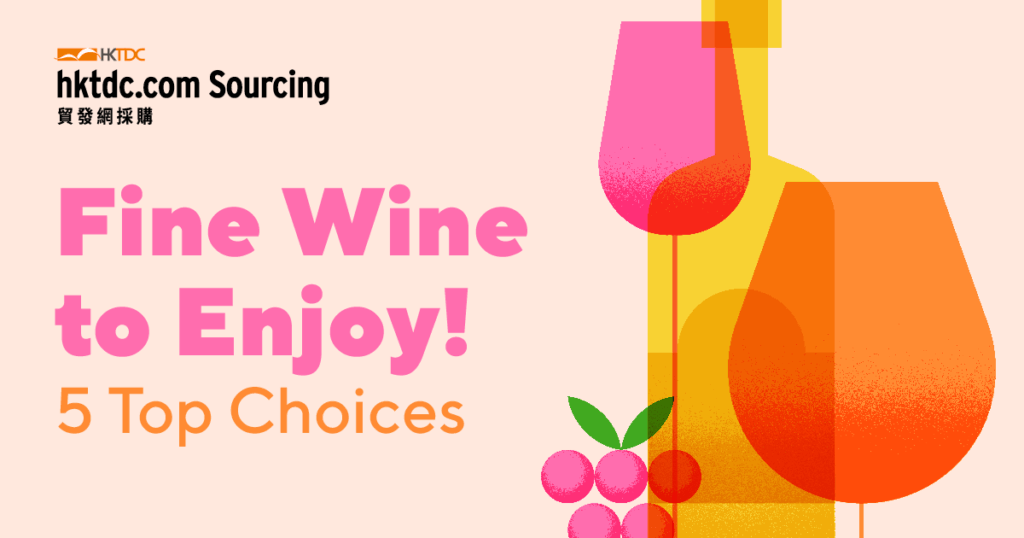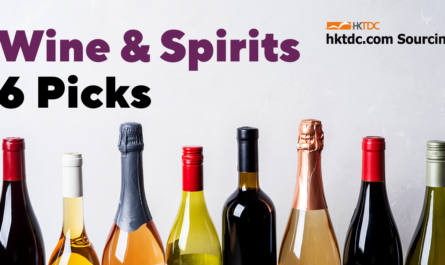When it comes to wine and spirits, every bottle tells a story. Today, we explore 5 exceptional beverages sourced from different corners of the world — whether you’re a connoisseur or an adventurous taster, these selections promise a journey through sensory artistry and heritage.
Learn More:
Wine & Spirits Industry Trends 2025: How Global Traders Can Stay Competitive
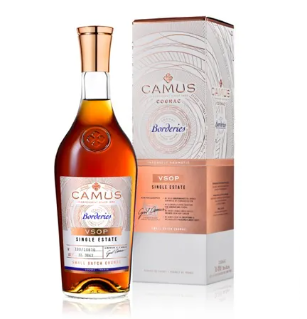
Leung Yick Company Limited: Cognac
This Camus VSOP is a Single-Estate Cognac made exclusively from the vineyards in the Borderies appellation, the smallest and oldest cru of the region. With an alcohol content of 40%, it gleams with a golden-orange hue touched by deep amber. The nose opens with vanilla pods, orange zest, and floral undertones, while the palate reveals richness — unctuous yet refined, finished with delicate oak and lasting freshness. A rare “terroir-driven” Cognac, this bottle reflects artisanal mastery and sustainable vineyard management. Perfect as an after-dinner indulgence or gift for the sophisticated palate.

Winery Ludwig: White Wine
From Winery Ludwig in the Czech Republic, this Hibernal late harvest 2024 is a celebration of eco-friendly viticulture. The Hibernal variety, part of the PIWI family (fungus-resistant grapes), thrives in the Czech climate, yielding a greenish-yellow semidry wine with 12.5% ABV. Expect aromas reminiscent of elderflower blossoms, followed by gooseberry and light acidity for balance. A testament to Central Europe’s growing winemaking reputation, it blends traditional handcraft with modern ecological ethics — a delightful companion for any meal.
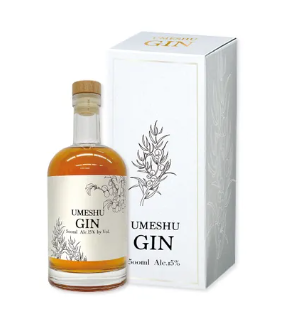
Joy Union International Trading Limited: Gin
This 500ml GIN Umeshu (梅酒) from Kobe Distillery (神户蒸溜所) blends Japanese gin with Kishu Nanko plums, achieving a unique balance between gin’s botanicals and the sweet-sour tang of umeshu. At 15% alcohol, it captures spicy and tangy complexity, showcasing indigenous ingredients such as ume (plum) and sansho (Japanese pepper). The result is a vividly refreshing profile housed in a stylish boxed bottle — an ideal choice for gifting or savoring chilled over ice. A fine expression of Japanese craftsmanship, bridging age-old traditions with a modern mixology spirit.
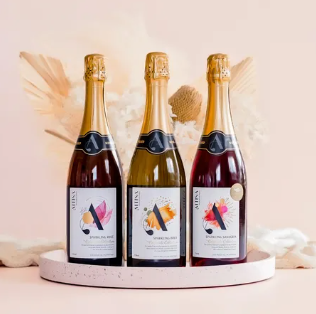
Liquorles Limited: Sparkling Non-alcoholic Wine
This series of non-alcoholic sparkling wines redefines the drinking experience with sophistication and wellness. Made in Australia, Altina focuses on gently de-alcoholised premium wines blended with native botanicals. With 0% alcohol, these options are perfect for mindful consumers seeking a complex, guilt-free indulgence — ideal for celebrations where everyone can join the toast.
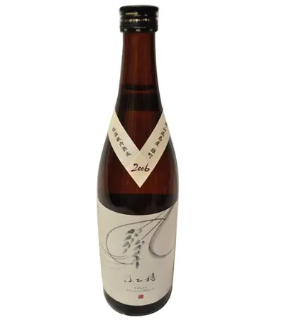
Choryo Shuzo Co., Ltd: Japanese Sake
This junmai-shu sake is a piece of Japanese brewing artistry. Using Omachi rice, one of Japan’s most prized varieties, it offers a rich aroma and robust body — characteristics that embody traditional sake craftsmanship. Brewed in 2006 and matured at low temperature, this sake boasts remarkable umami depth and a subtle balance of sweetness and dryness. Pair it with Japanese dishes like sashimi or grilled fish to bring out its nuanced character.
A Global Toast to Diversity
From France’s single-estate Cognac and Czech eco-wineries to Japan’s timeless sake and Australia’s innovative alcohol-free blends, these beverages represent the beautiful intersection of culture, creativity, and craftsmanship.
Whether you love the refined warmth of oak-aged spirits or the zesty brightness of modern botanical blends, there’s a story — and a sensory adventure — waiting in every glass. Explore what’s waiting for professionals like you by visiting the Hong Kong International Wine & Spirits Fair, running 6-8 November 2025, and indulge in the world of fine wine and spirits together!
Access the fair by clicking the following banner:
Spark the joy by sourcing high-end wine and spirits on our e-Marketplace too:
Wine FAQ
1. What is the difference between wine, spirits, and liqueurs?
- Wine is made by fermenting grapes or other fruits. Alcohol content usually ranges between 8%–15%.
- Spirits (or distilled drinks) such as whisky, brandy, gin, and vodka have undergone distillation, resulting in a higher alcohol content (around 35%–50%).
- Liqueurs are sweetened spirits infused with fruits, herbs, or spices, often used in cocktails or as dessert drinks.
2. How should I serve different types of wines and spirits?
- White wine – best served chilled (7–10 °C).
- Red wine – ideally at room temperature (15–18 °C).
- Sparkling wine – well chilled (5–8 °C).
- Cognac or brandy – slightly warmed by hand in a glass (around 20 °C).
- Sake – can be served warm or cold, depending on the type.
3. How do I store wine properly?
Store bottles horizontally in a cool, dark, and humid environment (around 12–15 °C). Non‑alcoholic wines and spirits should be refrigerated after opening and consumed within a few days for optimal flavor.



